Overview
Our sharpening service will provide a good serviceable edge on the blade. The result is typically “very sharp” with a small secondary bevel and a bit of an “apple seed” profile. The resulting edge is somewhat dependent on the particular blade. Some blades will take and hold sharper edges than others and the thickness of the blade will determine how wide the bevel will need to be. We adjust the angle of the edge to suit the specific blade and attempt to get as close to a bevel-less edge as possible without marring the surface of the blade.
The Sharpening Process
The sharpening service is done with a belt sander. The process involves many passes with sanding belts of various grits. The blades are rested between passes to prevent them from becoming hot and damaging their temper. By default we will sharpen as much of the blade as possible including any false edges if appropriate. If you have a different preference, feel free to make that request in the special instructions at check out. We can sharpen only the last half or third of an edge, for example. Our sword sharpening expert has personally sharpened several thousand swords at this point, so will provide you with a professional service.
What the Service is Not
The resulting edge will be “sword sharp” not razor sharp. Our goal is to provide you with a usable edge for cutting practice that will hold up to some use and not require constant re-sharpening. In other words, we intend to provide you with a serviceable weapon, not a personal grooming implement. The service will not provide a completely bevel-less edge. To create that type of edge will necessarily scratch up the blade surface and we lack the machinery and time to provide a full re-polishing of a blade’s surface. A service of that nature would be significantly more expensive as a great deal more time would be required. We do not offer this type of service at this time.
Disclaimer
We make no guarantee that the resulting edge will meet with your expectations. Every blade is different and some will take and hold a sharper edge than others, due to the blade material, heat treatment or geometry. Some customers can also have incorrect assumptions about sword sharpness and improper expectations as a result. All we can say for sure is that the resulting edge will be sharper than the default edge, in most cases, significantly so. We can not provide any refunds for the service once it has been completed, so consider it to be provided “as is”. That being said, if you are unhappy with the product for any reason, we do still allow you to return the item for a full refund, including the sharpening costs under our normal return policy. This does not apply to special sharpening requests, for example if we sharpen something specially for you that does not normally list that option on our site. The vast majority of our customers are happy with the results of the service, so as long as you keep the above mentioned in mind, we are confident you will be pleased with the results as well.





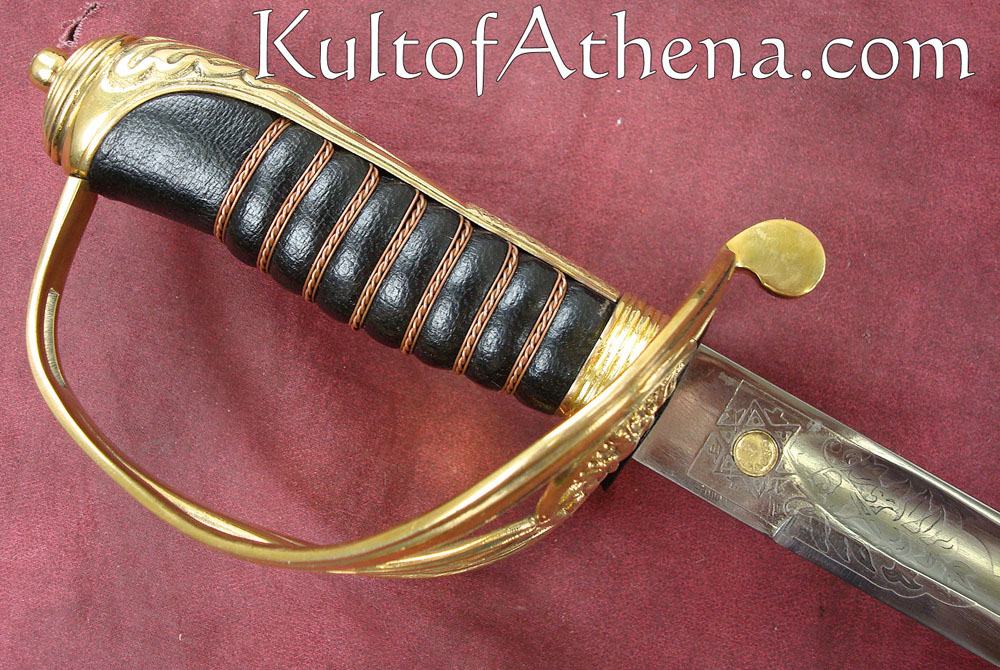

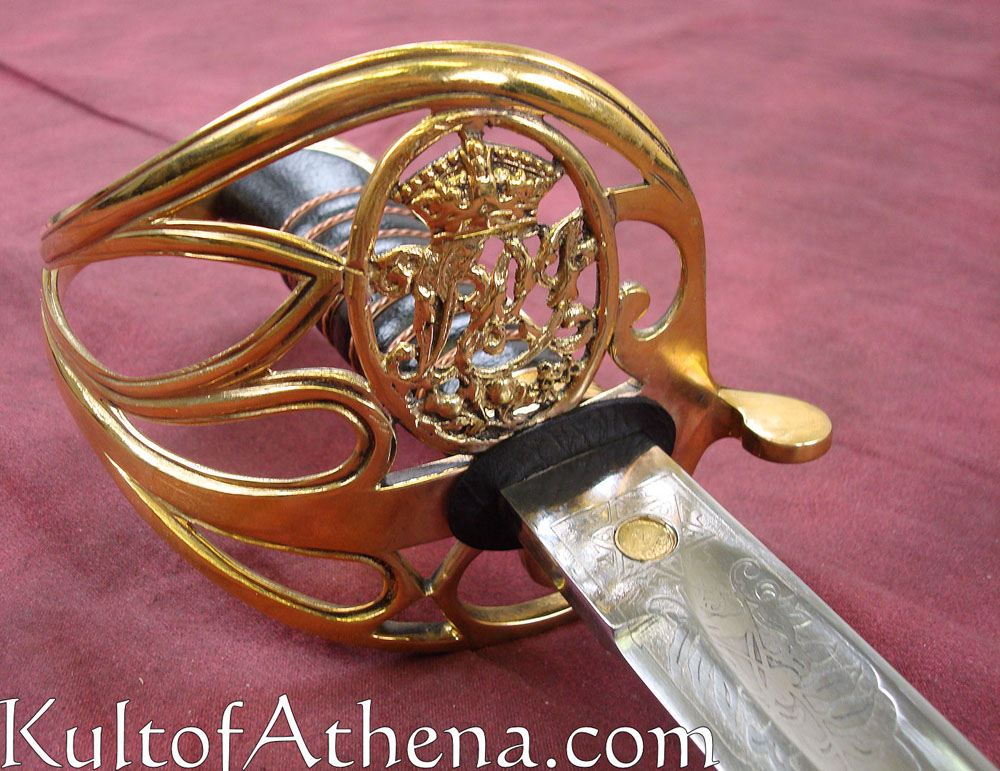
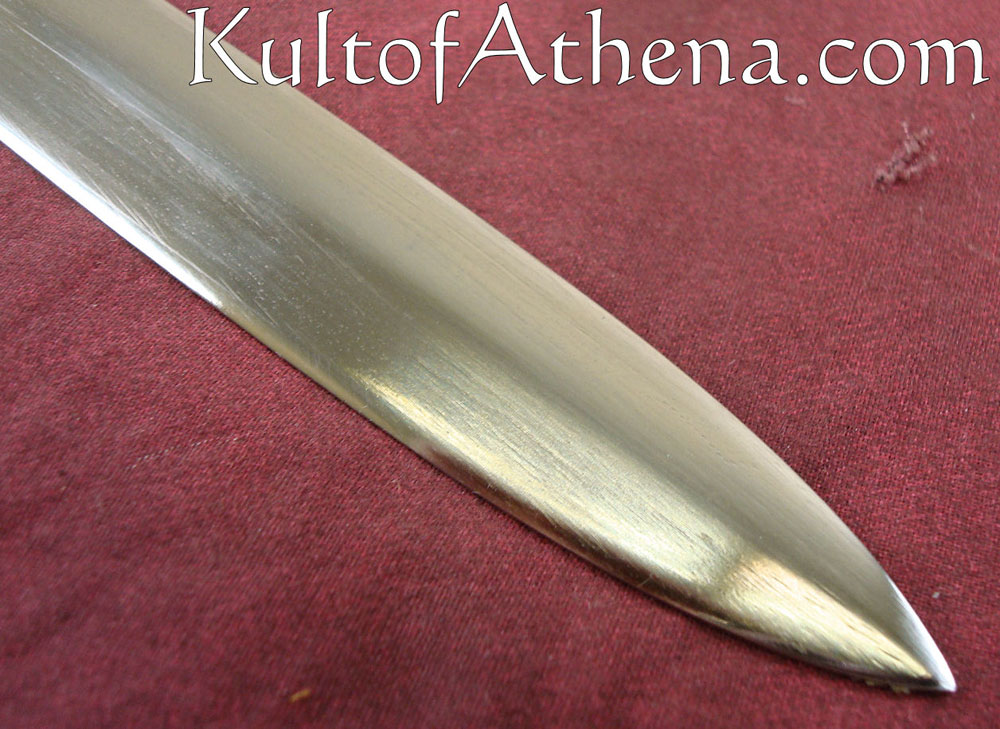
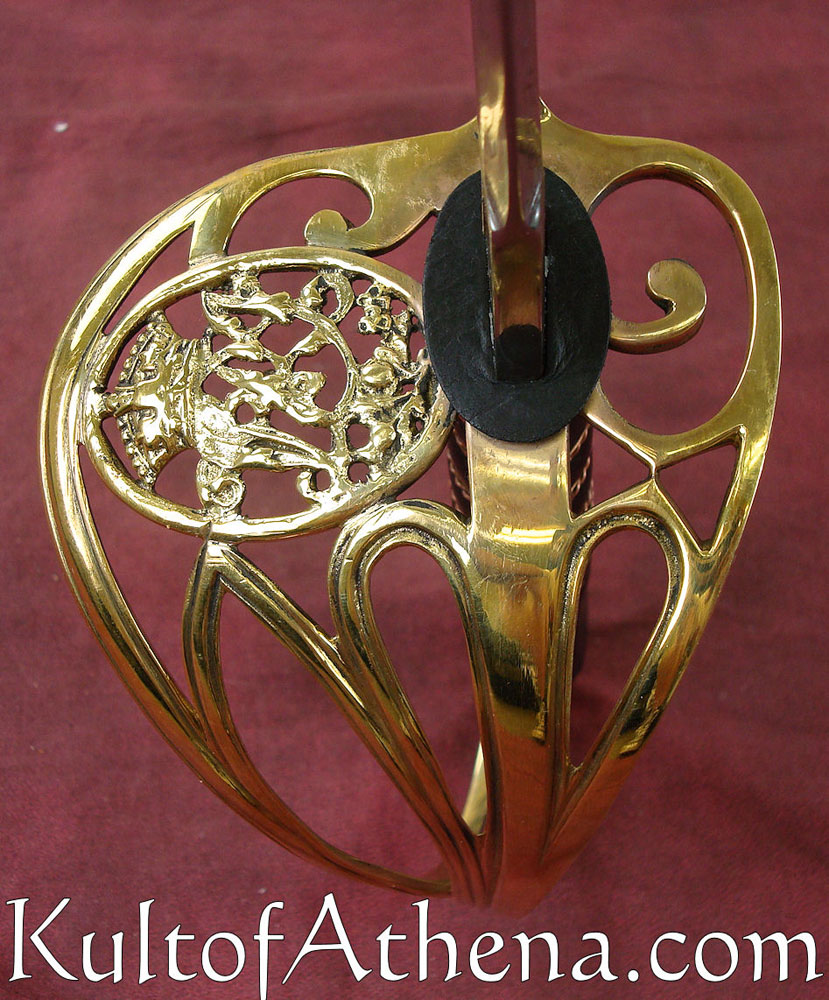
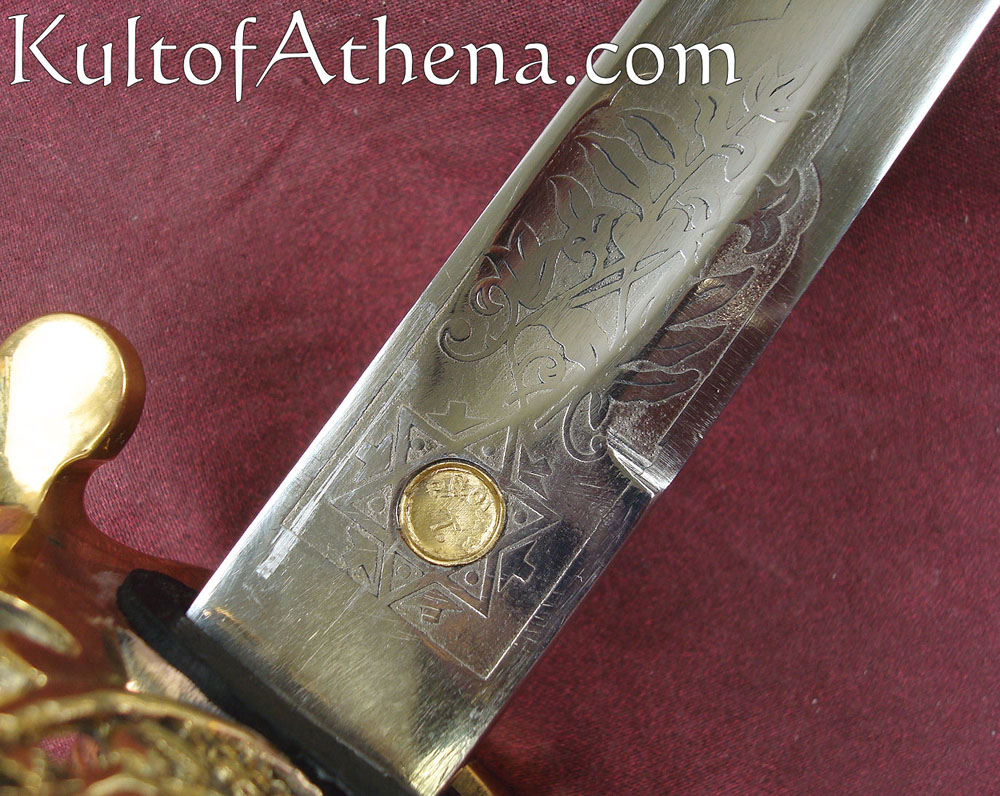
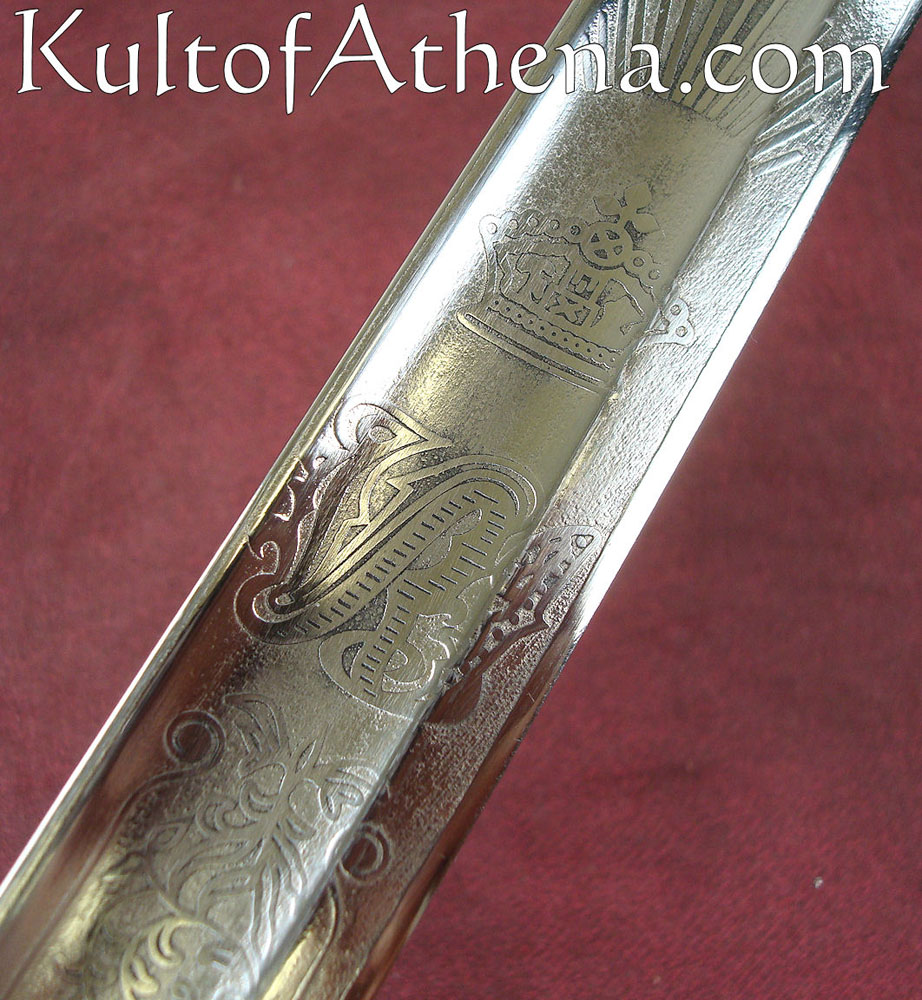
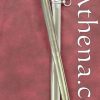



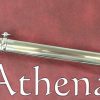
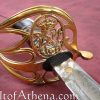
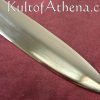
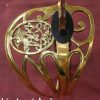
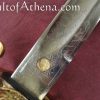

Nicholas C. –
Review of my personal 1845 Pattern British Infantry Officer’s Sword To begin with, this sword is beautiful. Aesthetically, it’s a very faithful representation of the originals. I bought this as a collector’s piece because of it’s looks, but also to put into practice some of the teachings of Alfred Hutton’s “Cold Steel”. For these purposes, I will say that it does a fairly good job. However, it’s steel, EN9, is fairly mild, between 40-45 Rockwell, so I wouldn’t personally recommend much test cutting or other contact applications. I left my sword unsharpened so as to be safer whilst practicing, though it has a very substantial point to it, which could hypothetically do some serious injury.
I like this sword and I’m pretty sure that, given hindsight, I would have bought it again, but there are some issues. Most importantly, I think, is that there is an ever so slight bend toward the last 3 inches of the blade. Additionally, I’m fairly certain that the edge bevels were created unevenly between the flats of the blade, furthering the bent appearance. It isn’t incredibly noticeable, but I’m a perfectionist, so I did, and I never forgot. The scabbard is of an even milder steel (though not surprising). It isn’t a huge problem, but it is fairly easy to scratch and probably dent, especially when it comes into contact with the sword itself. Inside, where there would usually be a leather or wooden liner to the scabbard, there is some sort of paper product, not quite cardboard, but not a whole lot better. That is not very well attached. I notice that sometimes drawing or sheathing the sword takes much more force than other times, and that is because it is easy to stick the blade inbetween the liner and the steel, as it is far from perfectly attached. And the most minor of the negatives for this sword is that the small, brass proof mark embedded into the blade, just above the hilt, is moderately tarnished, though I don’t particularly mind that.
Overall, the sword itself is of a solid construction with zero wobble that I’ve noticed, the nodes of resonance is fairly well placed toward the grip (a nice surprise), and once again it looks beautiful. For anything other than light practice of maneuvers and decoration, I would recommend an antique.